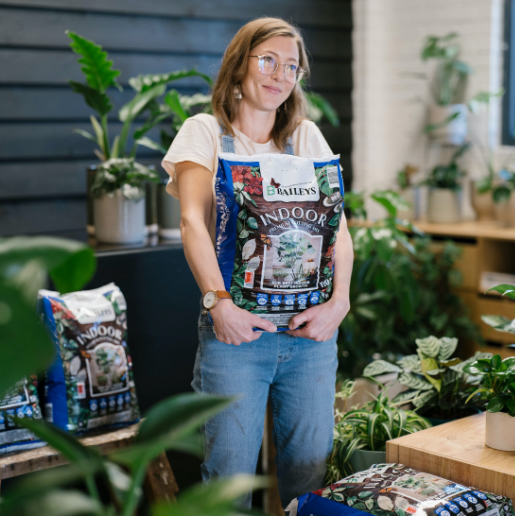
Join our Great Gardens Club!
Sign up to enjoy 15% off your first purchase from Baileys online. Plus, get our monthly WA gardening tips, latest news and promotions straight to your inbox.

Sign up to enjoy 15% off your first purchase from Baileys online. Plus, get our monthly WA gardening tips, latest news and promotions straight to your inbox.
Planting
Garlic is a long-term crop and takes 6-8 months from planting out cloves to harvest. Plant in Perth any time from March to May, waiting until the first cooling nights before planting. Always resist planting cloves if temperatures are still above 38 degrees because this will cause bolting.
Alliums hate a crowd, meaning they hate to compete for space from things like weeds, big sticks, rocks and large clods of soil. Cultivated your soil well, making sure it's friable, light, free draining and organic rich.
Fertilising
Apply a liquid feed fortnightly or an organic based granular feed monthly from planting on wards. Zinc and Magnesium are the main trace element required. Symptoms of zinc deficiency in garlic include stunting of plants and yellowing of young (inner) leaves which develop burnt tips. Manganese deficiency is seen as streaking of younger leaves and leaf twisting around the stem axis. Be careful not to over-do it, too much fertiliser will result in side shoots in the garlic.
These usually produce larger bulbs and higher yields but they do produce side shoots in spikes of hot weather. They will not produce a hard-flowering stalk, which makes it a great choice for braiding. The cloves are smaller than hard neck varieties. These varieties can easily be stored for up to 9 months and are better for regions where winters are mild.
Hard-necked varieties produce fewer and larger cloves per bulb than the soft-necked and may also produce bulbils on the top of the stem. You can replant these for a new crop. In hard-neck varieties bulbs develop on top of the neck, and they produce a flower stalk, or scape, that will need to be removed once the plant forms.
Elephant Garlic
Also known as Russian garlic but is not a true garlic. It is closer to a leek with a mild flavour and solid bulb with three sides that split into five cloves. It produces the most beautiful large purple balls of flower.